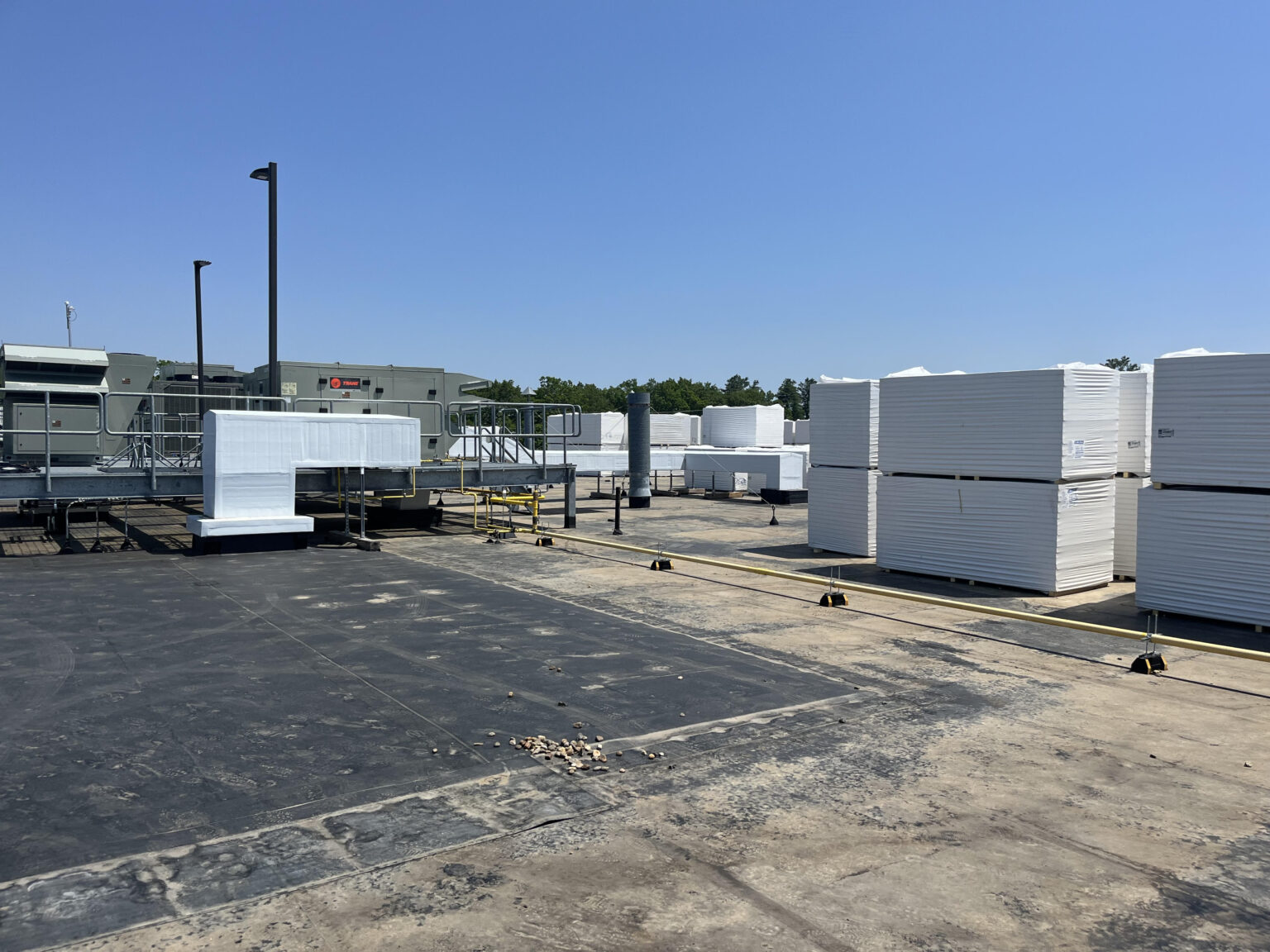Case Studies of Innovative Insulation Solutions
Here are some collections of resources for building professionals, homeowners, and anyone interested in enhancing the energy performance of buildings across diverse climates. These case studies and guides dive into the practical applications of insulation, HVAC systems, indoor air quality measures, and more. Whether you’re embarking on a new construction project or seeking to retrofit an existing structure, this compilation offers valuable insights and inspiration.

Case Studies of Innovative Insulation Solutions
- Guides and Case Studies for All Climates by the U.S. Department of Energy (DOE): The DOE’s Building America program has developed technology-specific case studies and best practices guides applicable to all climate zones. These cover topics such as insulation, HVAC, indoor air quality, and more. There is a lot of information here presented in a concise and straightforward style. Here are some of the studies included in this collection:
- Durable Interior Foundation Insulation Retrofits for Cold Climates
- Innovative Retrofit Foundation Insulation Strategies
- Insulated Siding Retrofit in a Cold Climate
- Preventing Thermal Bypass
- Insulation: A Guide for Contractors to Share with Homeowners
- Air-Sealing: A Guide for Contractors to Share with Homeowners (Volume 10)
- Case Studies: Successful Cavity Wall Insulation Projects: Examples include retrofitting older homes, noise reduction in urban apartment complexes, and energy-efficient school buildings. These real-world scenarios demonstrate the effectiveness of cavity wall insulation in improving comfort, energy efficiency, and acoustic performance.
- Insulation Project Profiles” by Insulfoam: Insulfoam’s product solutions have played major roles in roofing insulation, wall insulation, below-grade insulation, and fill material projects throughout the United States. This is a comprehensive collection of short case studies on the uses of EPS foam, Some highlights:
- Sustainable Building: Tried-and-tested recycled insulation materials
- World Green Building Council (WorldGBC): The Case Study Library on the WorldGBC website offers a variety of case studies on sustainable building projects, including those focused on insulation. These examples highlight cutting-edge sustainable practices and the impact of insulation on energy efficiency and environmental sustainability. It is a great source of ideas and is quite extensive.
- Green Idea House: The Green Idea House features advanced framing, FSC-certified lumber, and extensive use of recycled materials. The house incorporates a 6.5 kW photovoltaic solar array, efficient air sealing, and a 1,200-gallon rainwater harvesting system. The project achieved significant energy efficiency, reducing air leakage by 80% and recycling 97.5% of demolition waste.
- Taft Faculty House: The Taft Faculty House in Watertown, Connecticut, is a net-zero energy home completed in 2015. It features high-efficiency heat pumps, low flow fixtures, LED lighting, and passive solar design. The airtight house (0.6 ACH50) uses renewable energy and sustainable materials. It holds certifications including LEED Platinum and ENERGY STAR, emphasizing energy efficiency and environmental sustainability.
The case studies and guides provided by the U.S. Department of Energy, Insulfoam, and the World Green Building Council collectively underscore the significant advancements in insulation technology and sustainable building practices. From retrofitting older homes to constructing net-zero energy buildings, these examples illustrate the tangible benefits of innovative insulation solutions in enhancing energy efficiency, reducing environmental impact, and improving indoor comfort. As the construction industry continues to evolve, these resources will remain critical in guiding efforts toward more sustainable and resilient building practices across all climates.
Please consider working with Green Insulation Group. Save money, save energy, save the environment.
